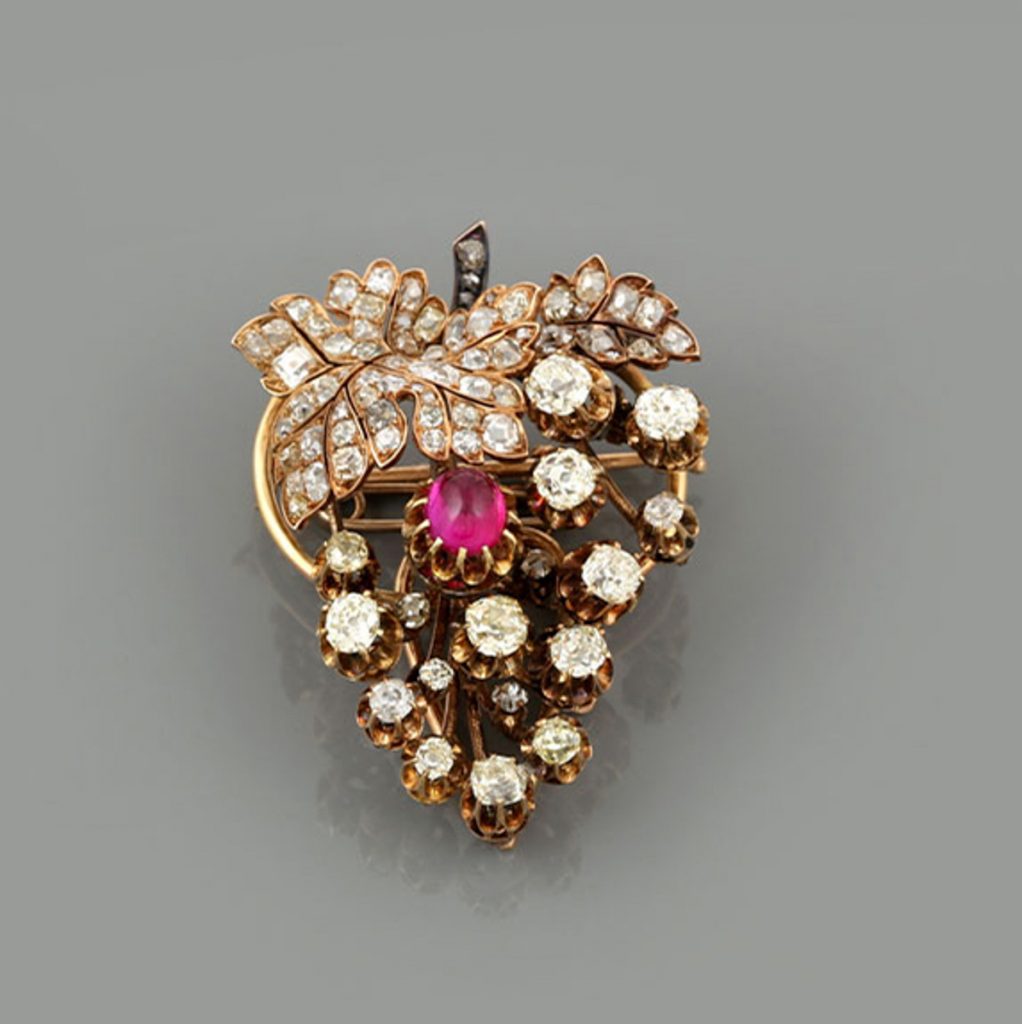Fabulous Collection
Resplendent, fascinating, spectacular and vibrant, this is how you can define the jewels of the Russian court, a fabulous collection of jewels that shine brightly at the Hermitage Museum in St. Petersburg.
Exuberant Tsars
Through costumes, portraits and objects, one can get to know the country’s exuberant tsars, like Catarina the Great. At gatherings and parties, they wore stunning costumes, made with fabulous pieces carefully selected to show identity, taste, creation and wealth.
Secret Messages
Jewels could also be created to convey secret messages. Jewelry pieces were ordered from major houses such as Cartier and Fabergé. However, many of the gems disappeared after the Russian Revolution. The excessive culture of the courts was destroyed by the revolution.
Three Russian Empresses
Three empresses stand out, Anna Ioannovna, known as Ana of Russia who ruled between 1730-1740 and who adapted the eccentricity of fashion and jewelry in the Russian court, being the one who started the famous collections of high society jewelry. Elizabeth Petrovna succeeded her, who was in the government of 1741-1761 and who tried to increase these collections, either with gifts from international courts, as diplomatic exchanges or as luxury orders, or as a series of gold pocket watches with precious stones and boxes that served both for tobacco and for storing love letters. The empress determined fashion, wore clothing adorned with precious stones and even imposed that ladies could only appear at court with real jewelry. Finally, Catherine the Great, whose reign lasted from 1762 to 1796, was the empress who adored cameos and for whom the clothes of special situations were created according to the jewels. With the accession of Catherine the Great, the ladies of the court were finally able to dress and adorn themselves as they wished.
The Jewelers of the Russian Court
Among them we can find well-known names: jewelry companies like Cartier, Bolin, Lalique, Tiffany and Fabergé, the official jeweler of the court.
Carl Fabergé was by far the most celebrated Russian jeweler. His watches, rings, necklaces, bracelets and Easter eggs, executed in gold and silver with enamel and wonderful stones, resemble the jewelry of the late 18th century. But he had a way to effortlessly transcend historical styles and create his own “Fabergé style”.



